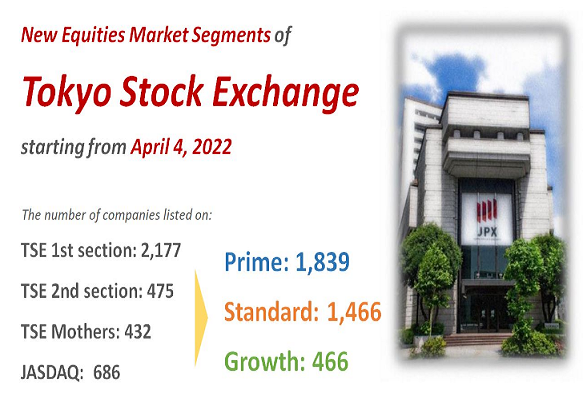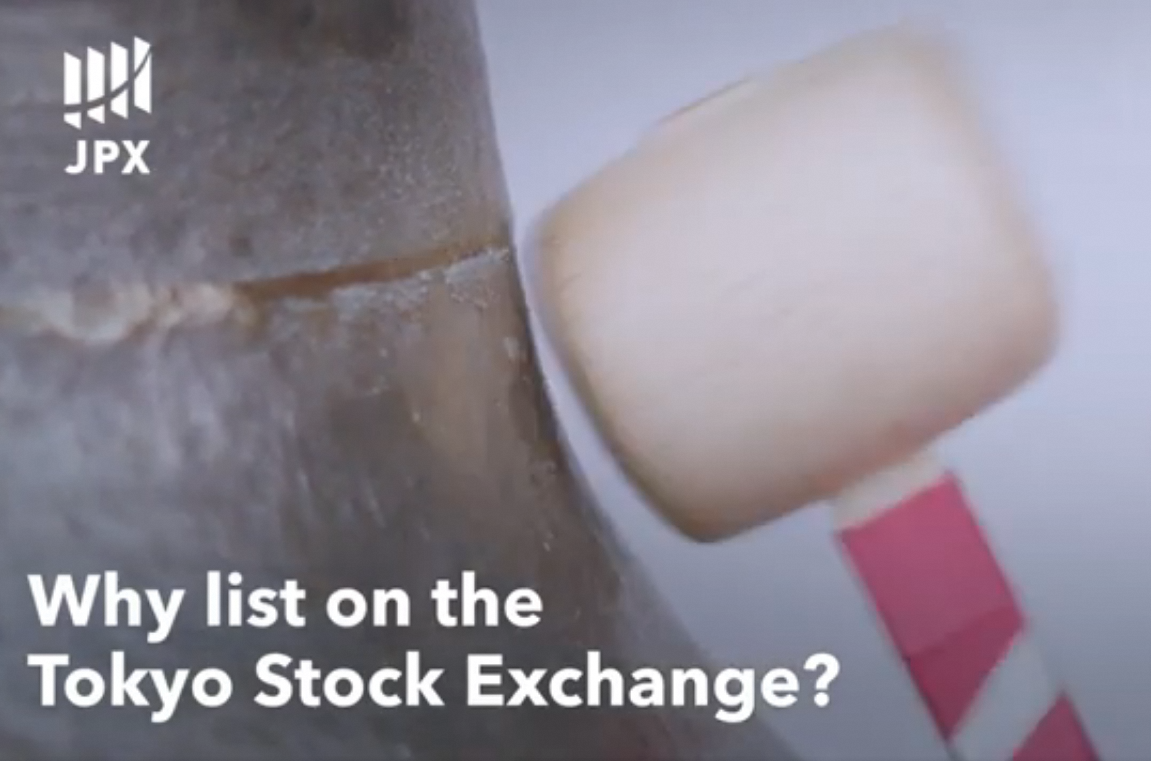TSE Cash Markets
To become befitting companies for the Prime Market

By Chie Mitsui, Senior Researcher, Nomura Research Institute
The TSE’s efforts in the past several years to reform its markets are likely to result in a situation where the number of companies that belong to the Prime Market is almost the same as the number of the current TOPIX constituents, in other words, companies listed on the TSE First Section. While various stakeholders have different expectations for this market reform, one of the expectations from investors is that companies listed on the first-tier market should be ‘excellent in governance and disclosure.’
The background situation is that, when asset managers conclude contracts with their clients, (i.e. asset owners or investment trusts), they need to explain their fund management strategies by specifying the investment “universe” of each fund, and constituents of such a universe should hopefully be companies with similar conditions, that are necessary for making investment decisions – for example, a higher level of corporate governance, and the level of disclosure. In addition, the same market capitalization range and/or a similar stage of growth are required. Accordingly, asset managers tend to establish their investment universes by selecting companies in a certain ‘market segment’ subject to the same listing criteria. While some asset managers further adopt certain indexes or screen investment targets by certain conditions, the initial population tends to be a market segment. Then, the larger the number of companies in the same market segment, the wider the scope of investors’ research and analysis as well as the larger the number of their holdings. That will be a hurdle to improving the quality of their exercise of voting rights and engagement with companies.
The existing TSE First Section includes somewhat too many companies for the first-tier market, ranging from globally known companies to less known niche companies: “the good and the not so good together” in the First Section. Therefore, it has been said that companies are not very motivated to improve this and that in order to be listed on the First Section. If investors expected improvement of that situation, and heard that eventually around 1,800 companies would belong to the Prime Market, some might criticize the reform.
Then, whether or not benefiting from the reform initiatives in the past several years depends on the companies’ responses to the Corporate Governance (CG) Code revised this year. In terms of success or failure, the market reform shares the same fate with the revised CG Code. This is because the Code introduced slightly stricter requirements for companies listed on the Prime Market, including disclosure of climate risks and skills matrix, disclosure in the English language, and the number of independent directors.
Some companies may find the requirements of the revised Code too strict, but this is a collective responsibility. I would like the TSE to strictly check their responses, so that investors will feel if a company is listed on the Prime Market, it is probably alright. I hope the companies to be listed on the Prime Market will become befitting to the market. I believe that is prerequisite for the revitalization of Japan’s stock market.






